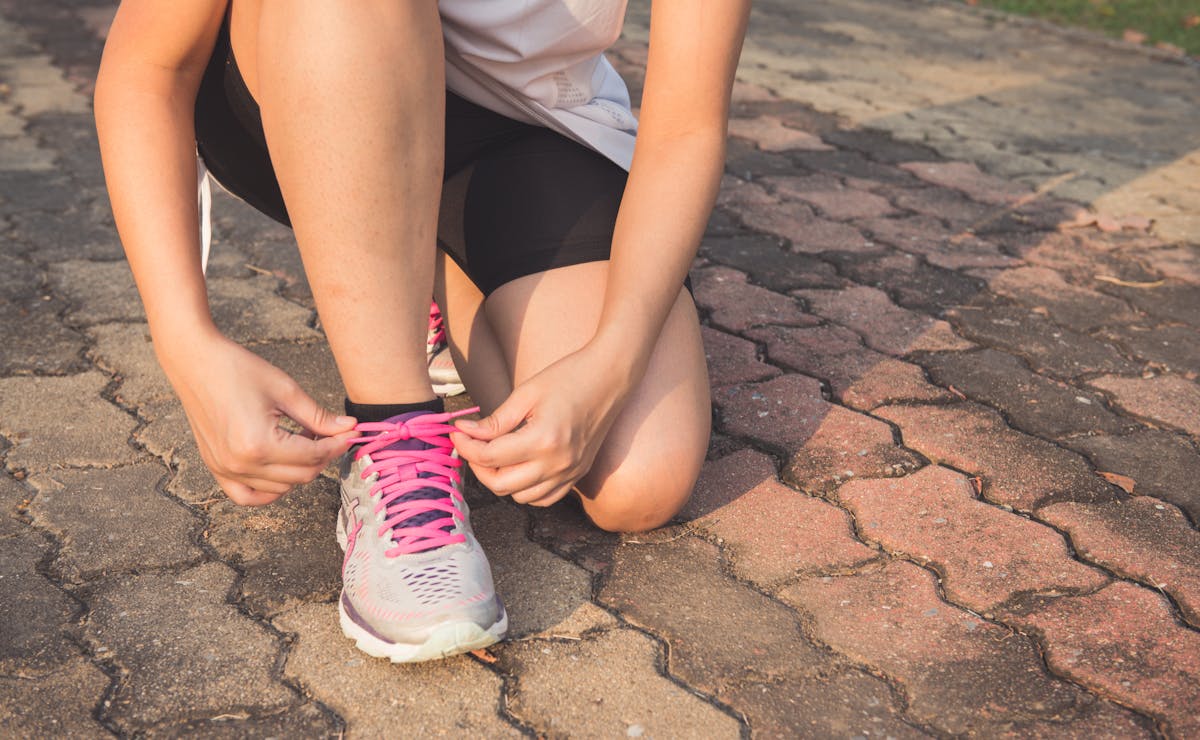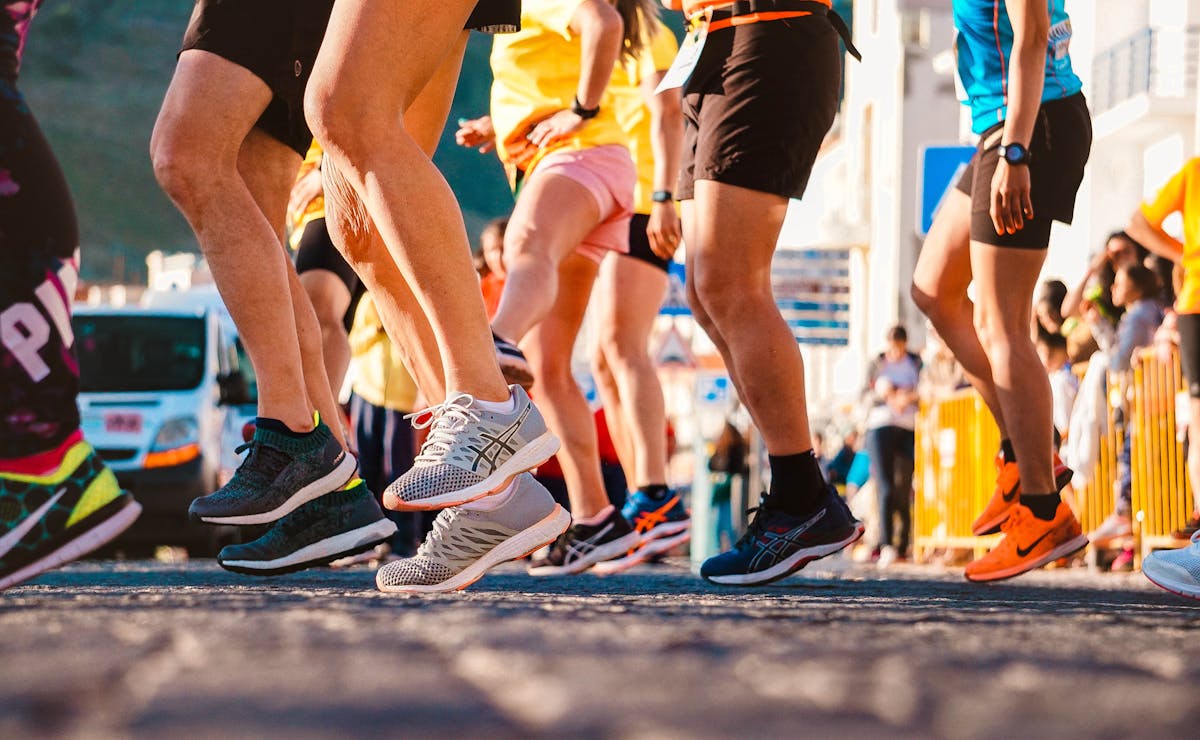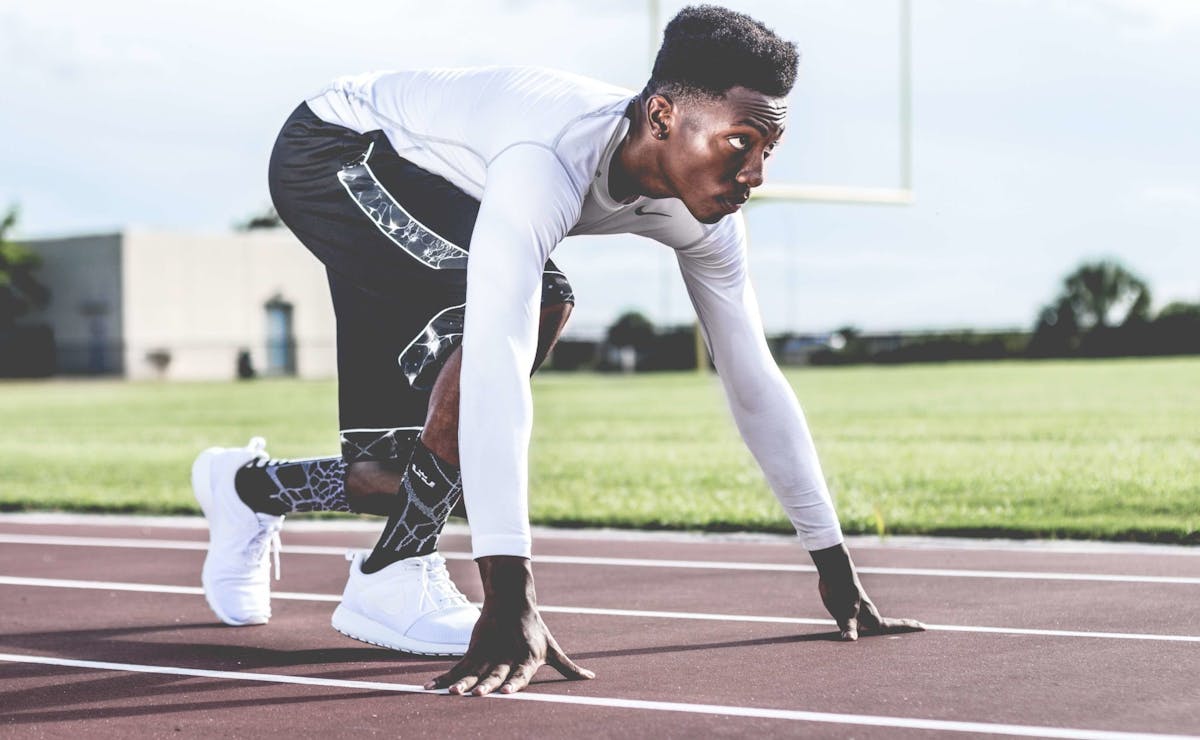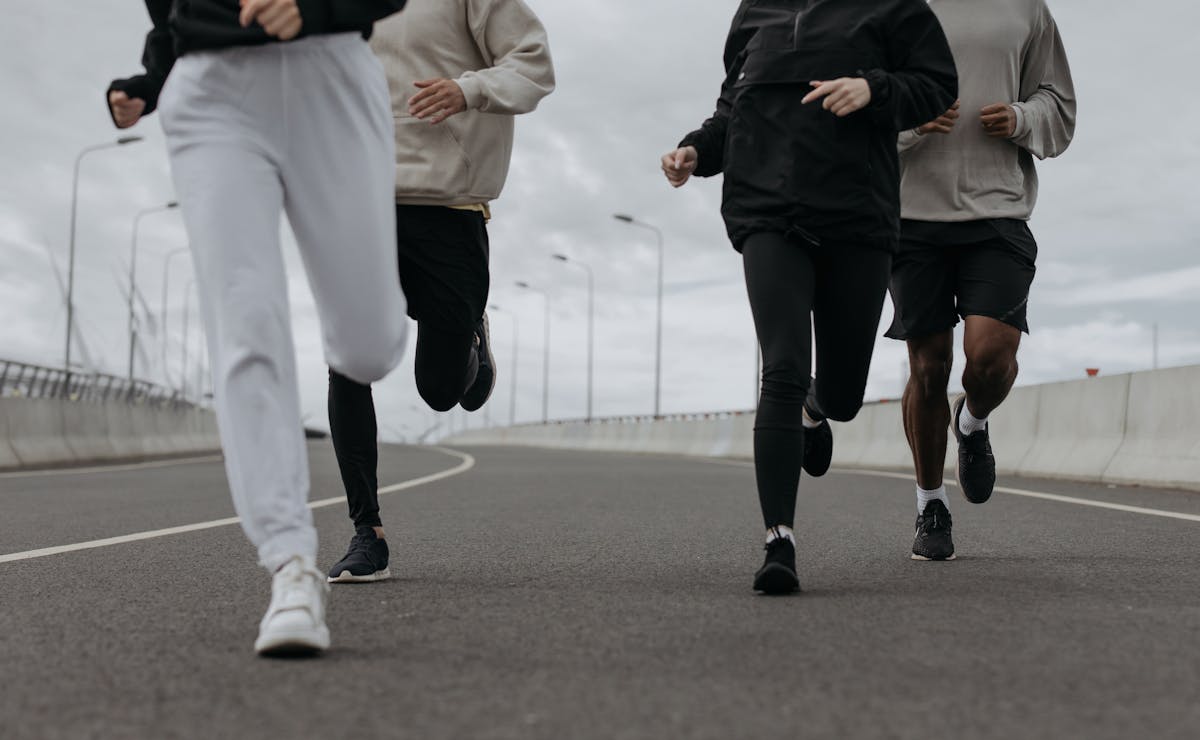The list of essential running accessories includes appropriate running shoes and clothing, sunscreen, a water bottle or hydration backpack, a heart rate monitor and a belt or armband in which you can store personal items, such as your cell phone and house keys.
Every athlete, whether beginner or experienced, needs to buy the items presented in this article, and the good thing is that the money never goes to waste, because running is so democratic that basically everyone can do it.
At the same time, those who prefer can walk instead of running: the essential accessories are the same!
Read this article to learn about your next purchases.
What you need to have for running: 11 pieces of equipment and accessories
Without a doubt, if you were to catalogue everything you need to have to run, the list below could be much longer, but the objective of this article is to highlight the accessories and equipment commonly used by professional or amateur athletes when practicing physical activity: sneakers, shoelaces, socks and other items of clothing, etc.
Explore them all ahead!
1. Sneakers: Your main running item (and not just any sneakers)
You can’t buy mountain shoes if you’re going to run on asphalt and vice versa, but more important than any other criteria when choosing will be your comfort and convenience, added to your safety in the type of tread suitable for your foot.
At the same time, evaluate the weight of some options before making a final decision on the purchase, as lighter options provide a feeling of agility and speed, while more robust ones are excellent in terms of stability.
Also consider the cushioning of your shoes: for those who run long distances , the more cushioning the better, because of the impact absorption and joint protection. For those who want to take it easy, moderate cushioning is enough.
2. The perfect lace (which isn’t always the same as your sneakers)
Whether it’s when buying sneakers or choosing just that “small detail”, evaluation and testing are fundamental points.
Evaluate the laces you are going to use, thinking about all possible situations during your running route. After all, the more stops you make because “your shoelace came untied”, the longer it will take to reach your final goal.
Have you found the perfect pair of sneakers but the laces don’t match? No need to look for another pair of shoes! Try buying just these accessories separately, with the help of an expert or based on the opinions of other runners.
3. Cool and suitable clothing
You’ve chosen your running shoes and the next step is to decide on the right running clothes. Again, think about comfort! Tops, pants or shorts worn by runners or walkers should be lightweight and made of breathable fabrics, capable of keeping the body cool.
Furthermore, they must fit the body without being too loose so that they do not follow the body’s movements, causing friction and skin irritation.
The fabrics commonly chosen by runners are polyamide and polyester, but some people prefer to wear cotton garments on days with less sun and heat or when the race takes place indoors, with air conditioning for example.
4. Specific socks
Pay attention to socks! They may seem like a minor detail, but those made from the same synthetic materials mentioned above usually help with performance and pace during the race . Many are even compressive and help with circulation.
5. Sunscreen and other drugstore products
Even those who run at night have better skin protection if they use sunscreen, because the active ingredients in the product act as barriers to dirt and pollution too, but, especially when running in the morning or afternoon, taking some care of your skin is essential!
Opt for sunscreens that are recognized on the market for not causing burning in the eyes if they run due to contact with sweat and try different brands and formats – stick, powder, liquid or spray – until you find your favorite.
In the meantime, try using petroleum jelly and ointments if you have problems such as chafing on the inner thighs. Ideally, you should use them after running, but there are similar products specifically designed for people who practice physical activities and want to reduce friction on their legs, including during sports.
6. Cap or visor and other accessories for running in the sun
In addition to sunscreen, any runner who spends long minutes or even hours in the sun practicing their sport needs to protect their scalp and face from ultraviolet rays.
The visor, in particular, is also very useful for running at night or indoors, because it prevents sweat from running into your eyes.
On long-distance journeys on days when it is extremely hot, another recommendation that you might like to follow is to use gloves with thermal protection.
7. Water bottle or hydration pack
Option A: backpack, because you can have both hands free during the entire run. Option B: bottle or squeeze bottle, if that is the option available at the time so that you don’t stop drinking water. You can choose, just know that there is no alternative to not drinking water during physical activity!
Like most running equipment, these are also available on the market in various models, sizes and prices, so one tip is to talk to people who have already purchased them and get their opinions or browse the comments on reliable e-commerce sites.
8. Running belt
The choice of this specific tool will depend a lot on what you would like to take on your run or walk: the belt is a great option for those who carry more things and larger objects (wallet, Bluetooth headphones with case, visor, lip balm, etc.), while the armband usually only holds a small key and the phone.
Both exist in traditional versions and also in night models, with reflectors or lights that help prevent accidents involving athletes who practice activities in places where there is circulation of other people and vehicles and little lighting.
9. Heart rate monitor or smartwatch
Whether professional, semi-professional or a smartwatch, a device capable of monitoring your heart rate throughout the exercise works to avoid overdoing it in terms of pace or practice time, not to mention helping to prevent injuries and other health problems.
Additionally, this feature makes it possible to control the activity so that it is carried out at healthy levels from start to finish.
Smartwatches, in particular, still help with outdoor running, because many come with compasses and altimeters and can be paired with mobile running or walking apps that help measure performance.
10. Global Positioning System (GPS)
Using a cell phone or smartwatch, or using a specific device for tracking location and distance, many runners like to calculate how long and how many kilometers they covered during their activities or competitions.
Therefore, GPS – in any of its formats! – ends up being on the list of accessories for those who want a complete practice and, above all, for those who want to monitor their performance evolution.
11. Complementary accessories (optional)
This topic includes sunglasses made exclusively for runners, headlamps for night runs or walks, most often used when athletes do not know the route they intend to run, and headphones, inseparable from music lovers during exercise.
The choice of optional accessories like these depends a lot on the taste of each athlete, but…
- It is worth investing in glasses with materials and features designed by manufacturers to ensure safe practice of the activity.
- The lighter the headlamp, the better! Just make sure it is securely attached so you don’t lose it on the way.
- The same goes for headphones: if you opt for wireless and want to avoid returning home with just one instead of a pair, test the fit thoroughly before you leave.



